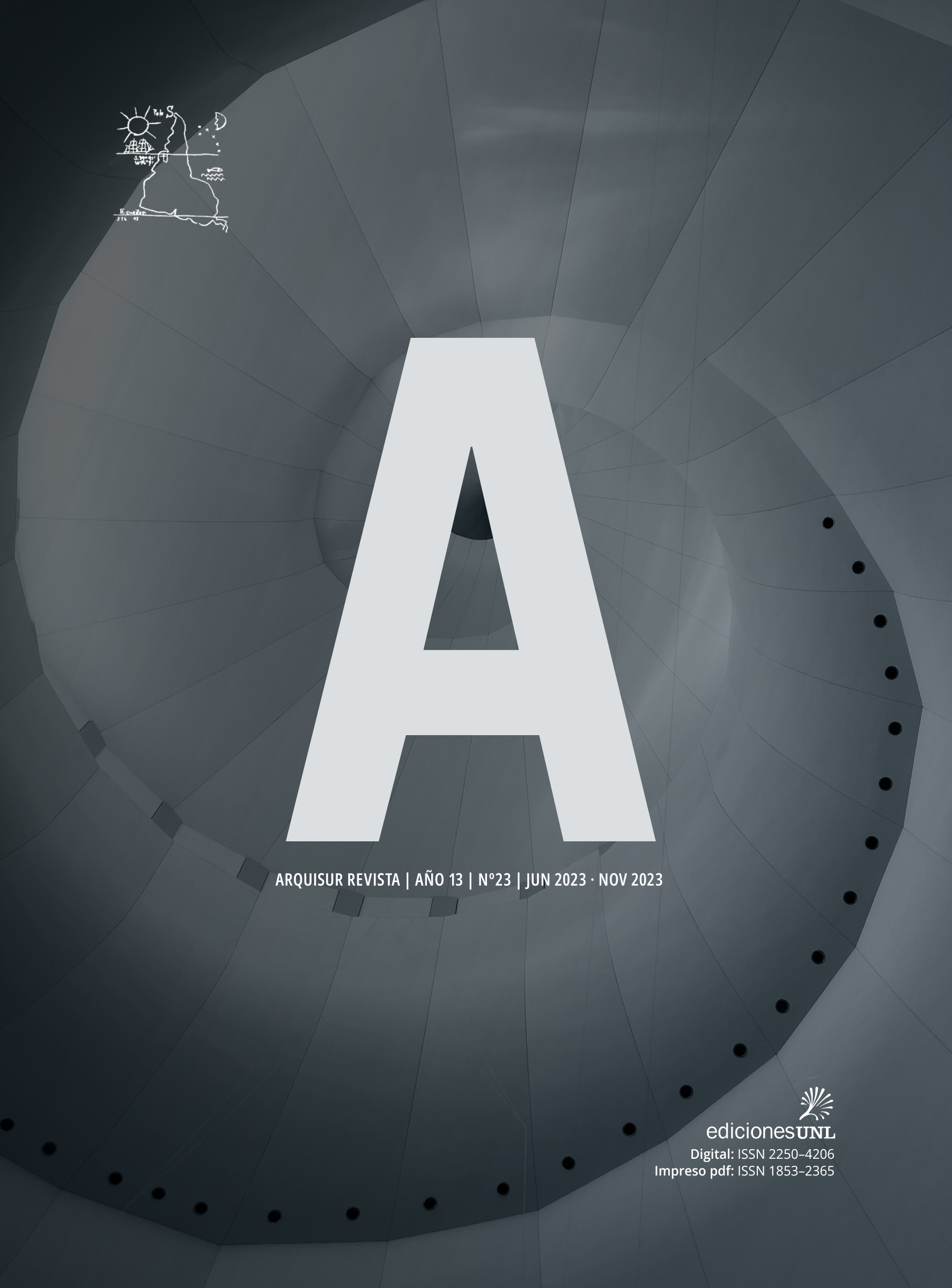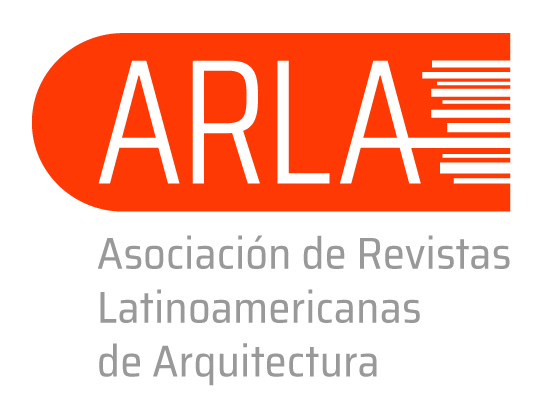The domestic space in architecture and cinema
Modulation through spatial perspective distortion
DOI:
https://doi.org/10.14409/ar.v13i23.12414Keywords:
architecture, cinema, spatial distortion, domestic space, modulation.Abstract
The cinematographic space results from the imbrication of the architectural space and the narrative that is modified according to the character’s conflicts. In Repulsion (Roman Polanski, 1965), this transformation is represented by a spatial perspective distortion. Polanski places the individual’s threats inside home, questioning family compositions in contemporary society. Repulsion is a psychological film that expresses the conflict of Carol (Catherine Deneuve), who suffers from repulsion against men. It is the shivering portrait of a young woman whose sexual neurosis causes her to cut herself off from social life and to shut herself in her apartment. Polanski builds a world of nightmares and hallucinations when Carol is all by herself at home in London. Spatial modulation expresses the conflict of the leading character and is crucial in representing the psychical torment haunting her. The narrative structure articulates with the alternate staging of two different moments that are represented by transformations of space: one that is ‘imagined’ by the leading character, which are distortions caused by her mental disturbance, and a ‘real’ one in which transformations reflect her conflict process.
References
KANT, I. (2006). Idea para una historia universal en clave cosmopolita. México D.F.: Universidad Autónoma de México.
POLANSKI, R (Dir.). (1965). Repulsión [Película]. Compton Films; Tekli British Productions.
POLANSKI, R. (1984). Roman par Polanski. Paris: Editions Robert Laffont.
RAMÍREZ, J. A. (1993). Los espacios de la ficción. La arquitectura en el cine. Alianza Editorial.
RAMÍREZ, J. A. (2010). La arquitectura en el cine. Hollywood, la edad de oro. Alianza Forma.
RYBCZYNSKI, W. (2001). La casa. Historia de una idea. Nerea.
Published
How to Cite
Issue
Section
License
Copyright (c) 2023 ARQUISUR Revista

This work is licensed under a Creative Commons Attribution-NonCommercial-NoDerivatives 4.0 International License.
ACCESO ABIERTO
ARQUISUR Revista es una publicación de acceso abierto y sin ánimo de lucro. No se imputan cargos por la recepción, revisión, evaluación, publicación ni acceso a sus contenidos. Se distribuye bajo una Licencia Creative Commons CC Atribución-NoComercial-SinDerivadas 4.0 Internacional (CC BY-NC-ND 4.0): No se permite un uso comercial de la obra original ni la generación de obras derivadas. Esta licencia no es una licencia libre, y es la más cercana al derecho de autor tradicional.
DESCARGO
Los criterios expuestos en los artículos son de exclusiva responsabilidad de sus autores y no reflejan necesariamente la opinión del Comité Editorial ni de la Dirección Editorial Técnica. Los derechos de los artículos publicados pertenecen a sus autores o editoriales. Los autores ceden sus derechos de publicación al Centro de Ediciones de la Universidad Nacional del Litoral de Santa Fe, Argentina.














